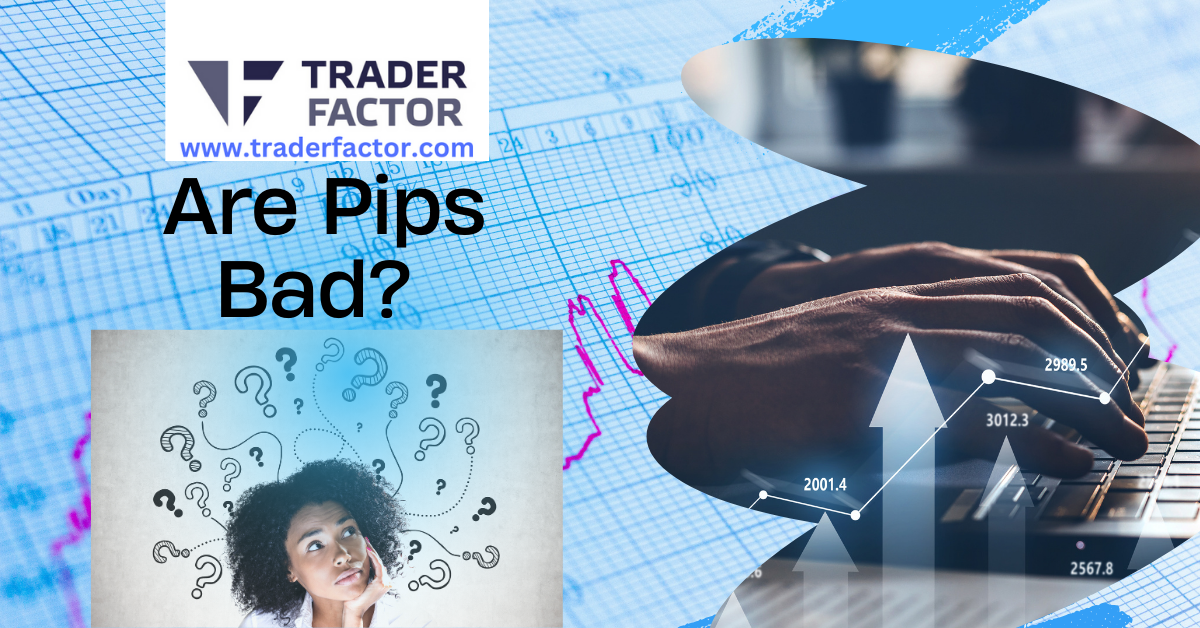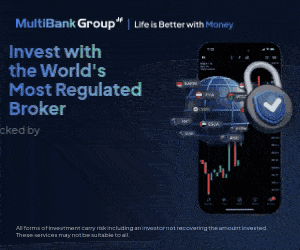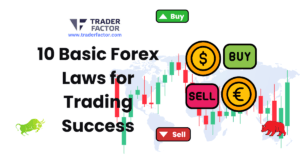What is The Risk of Pip in Forex? Imagine, you’ve just begun your journey in Forex trading. You’re excited about the prospect of making profits and you’ve learned that pips, the smallest price move a currency pair can make, are crucial to your success.
But, did you ever stop to consider that these minuscule units can also be your downfall? Yes, they can be disadvantageous. While they can multiply your profits in a favorable market, they can also multiply your losses when the market takes a turn for the worse.
The unpredictability factor associated with pips and their potential to inflate losses is something you need to understand thoroughly. Intrigued? Let’s unpack this further and explore the darker side of pips in Forex trading.

Table of Contents
ToggleUnderstand the Concept of Pips
So, what exactly is a pip in Forex trading? You’re likely to come across this term often as you delve into the world of currency trading. A pip, or ‘point in percentage,’ is a standard unit of measurement indicating the smallest change in value between two currencies. Understanding pips are crucial because they’re used in pip calculation to determine your profit or loss from a trade.
Now, consider the pip value. It’s the worth of a single pip in your base currency. For instance, if you’re trading EUR/USD, and the exchange rate moves from 1.3000 to 1.3001, that’s a one pip increase. In this case, the value of the pip would depend on the size of your trade.
But how do you calculate a pip? It’s simple. In most currency pairs, a pip is the 0.0001 change in the exchange rate. However, there’s an exception for pairs that involve the Japanese yen, where a pip is the 0.01 change.
In all, understanding the concept of pips and how to calculate them can help you navigate the complicated, yet lucrative world of Forex trading.

The Unpredictability Factor in Pips
While you’ve grasped the concept of pips and their calculations, it’s equally important to understand the unpredictability factor associated with pips in forex trading.
For example; Suppose you are trading in EUR/USD and you’ve analyzed the market trends, economic indicators, and have estimated that the exchange rate will rise from 1.1700 to 1.1800, representing a 100 pip increase. You decide to buy at the current rate, hoping to sell when it reaches your predicted level.
However, suddenly, an unexpected geopolitical event occurs in Europe causing the Euro to plummet. On top of this, the Bureau of Labor Statistics in the US releases its Consumer Price Index (CPI) report indicating a higher than expected inflation rate. This could lead to speculation of a more aggressive monetary policy by the Federal Reserve, which would strengthen the dollar. In this scenario, the stronger dollar and weaker euro due to the geopolitical event could cause the EUR/USD exchange rate to drop to 1.1600 instead of rising to 1.1800.
This is a clear example of the unpredictability factor in pips. Despite your careful analysis, unforeseen circumstances led to a loss of 100 pips. This shows how unpredictable the Forex market can be, making it essential for traders to have risk management strategies in place to navigate the impact of sudden economic data releases and geopolitical events.
This unpredictability can pose challenges and increase your risk.
- Pip volatility: This refers to the constant change in pip value. It’s common for the value to swing back and forth rapidly, making it quite unpredictable. The volatility can cause significant changes in your potential profits or losses, even within a single trading day.
- Market Impact: External factors such as economic news, political events, or sudden market shifts can have a profound impact on the value of pips. These influences can either work in your favor or against you.
- Risk Management: Due to pip volatility and market impact, it’s crucial to have a solid risk management strategy. Without it, you’re exposing yourself to potential losses.
- Emotional Stress: The constant fluctuation and unpredictability can lead to stress and anxiety. It’s essential to maintain a level head and not let emotions dictate your trading decisions.
Understanding these aspects will help you navigate the unpredictable waters of forex trading with more confidence and caution.

High Leverage Risk With Pips
In the realm of forex trading, using high leverage with pips can significantly amplify your potential profits, but it also increases your risk of substantial losses. You’re essentially borrowing money to trade larger positions, and while this can lead to larger returns, it can also lead to larger losses if the market moves against you. This is one of the major leverage pitfalls you need to be aware of.
Pip volatility plays a huge role in this risk. If the market is highly volatile, even a small change in pips can lead to significant losses when high leverage is involved. You might think you’re in control, but in reality, you’re at the mercy of the market’s fluctuations.
Therefore, it’s crucial to manage your risk effectively. Don’t get lured in by the potential for high profits without fully understanding the risks involved. Always use stop loss orders to limit your potential losses and never risk more than you can afford to lose.

Implications of Pips on Small Traders
Small traders often find themselves at the deep end with pips, facing significant challenges that can impact their trading success. The Pip Spreads Impact and Micro Lot Challenges are particularly detrimental for them.
- Pip Spreads Impact: You’ll find that as a small trader, pip spreads can eat into your profits significantly. This is because you’re dealing with smaller amounts, and even a slight pip spread can make a huge difference in your returns.
- Micro Lot Challenges: When you’re trading micro lots, the pip value is often less than $1. This means that even if you make a significant number of pips, it doesn’t necessarily translate to substantial profits.
- Market Volatility: Pips can be extremely volatile, and this can be a disadvantage for you as a small trader. If the market moves against you, the losses can be substantial.
- Lack of Control: Lastly, you have less control over pips as a small trader. Larger traders can absorb pip fluctuations better, but for you, it’s a lot harder to navigate these fluctuations.
Understanding these challenges can help you navigate the tricky waters of Forex trading and mitigate potential losses.

Risk of Pip in Forex: Strategies and Pitfalls
Given these hurdles faced by small traders, it’s crucial to learn how to effectively manage pip fluctuations, mindful of the strategies to implement and pitfalls to avoid. One essential strategy involves mastering the Pip Value Calculation. This calculation allows you to determine the value of a pip in your currency, thus helping you understand how much you stand to gain or lose with each pip movement.
However, a common pitfall in managing pip fluctuations is Pip Spread Manipulation. Some brokers can manipulate the pip spread to their advantage, making it harder for you to profit. Therefore, it’s essential to choose a reputable broker and monitor the pip spread.
To summarize, here’s a table detailing the strategies and pitfalls:
| Strategies | Pitfalls |
| Master Pip Value Calculation | Beware of Pip Spread Manipulation |
| Choose a reputable broker | Don’t ignore pip spread |
| Monitor pip spread | Not understanding the value of a pip |

Conclusion
So, you see, pips in forex aren’t always your ally. Their unpredictability can leave you in a financial bind, and high leverage risk can multiply your losses. Pips can be especially harsh on small traders, making their journey in forex a tough one. Even with strategies in place, managing pip fluctuations is a tricky task. Always stay informed and cautious, because when it comes to pips, it’s not always a win-win.
Disclaimer:
All information has been prepared by TraderFactor or partners. The information does not contain a record of TraderFactor or partner’s prices or an offer of or solicitation for a transaction in any financial instrument. No representation or warranty is given as to the accuracy or completeness of this information. Any material provided does not have regard to the specific investment objective and financial situation of any person who may read it. Past performance is not a reliable indicator of future performance.















